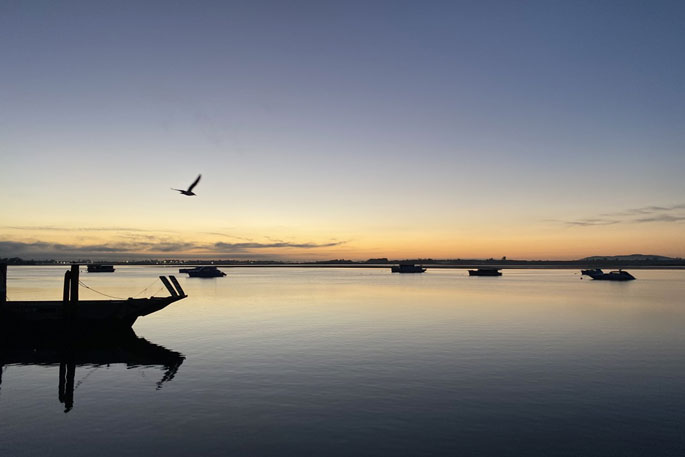The solar winter is over – that’s the three months of the year with the least amount of available sunlight.
The shortest day of the year (or winter solstice) was on June 22 this year. Six weeks either side of that date we have the shortest days with least amount of sunlight.
That means the solar winter technically ended this year on August 3, which was last weekend.
Some have told WeatherWatch.co.nz they have noticed the extra daylight both in the morning and evening.
"As we go into September the days get longer faster than any other month, roughly gaining an extra 20 minutes of sunlight every week next month," says head forecaster Philip Duncan.
"By late September that will be another hour of sunlight and then of course daylight saving in the last weekend adds another hour of daylight to the end of the day (but removes it from the morning)."
Philip says New Zealand’s coldest weather usually peaks at the end of the solar winter - but with a slight delay in temperatures dropping after the shortest day of the year we often find very cold air lingers right across August and into early September.
He says frosts and snow storms can also occur well into October for some parts of NZ - although there are many more mild days in between.
"The days are now getting noticeably lighter and longer and if you’re someone who looks for silver linings then you can now say we’ve finished with the solar winter and the days are getting longer, faster, as we slide back towards summer."
How much longer is today compared to the shortest day of the year, back on June 22?
-Auckland / Northern NZ: 56 minutes more daylight.
-Dunedin / Southern NZ: 1 hour and 16 minutes more daylight.
Despite some hints of a spring weather pattern here and there lately we are still not finished with wintry weather, with more frosts and snow coming over the coming month or two.
-The Solar Winter this year ended on August 3
-The Meteorological Winter ends on August 31
-The Astronomical Winter ends on September 23 this year
-Mother Nature, of course has the ultimate decision for a nation like NZ partially in the Roaring Forties belt of weather.



0 comments
Leave a Comment
You must be logged in to make a comment.